
Pouncing and Play: Understanding Your Cat’s Hunting Instincts at Home
Cats may lounge for hours, but beneath that serene exterior lies a fierce predator honed b...
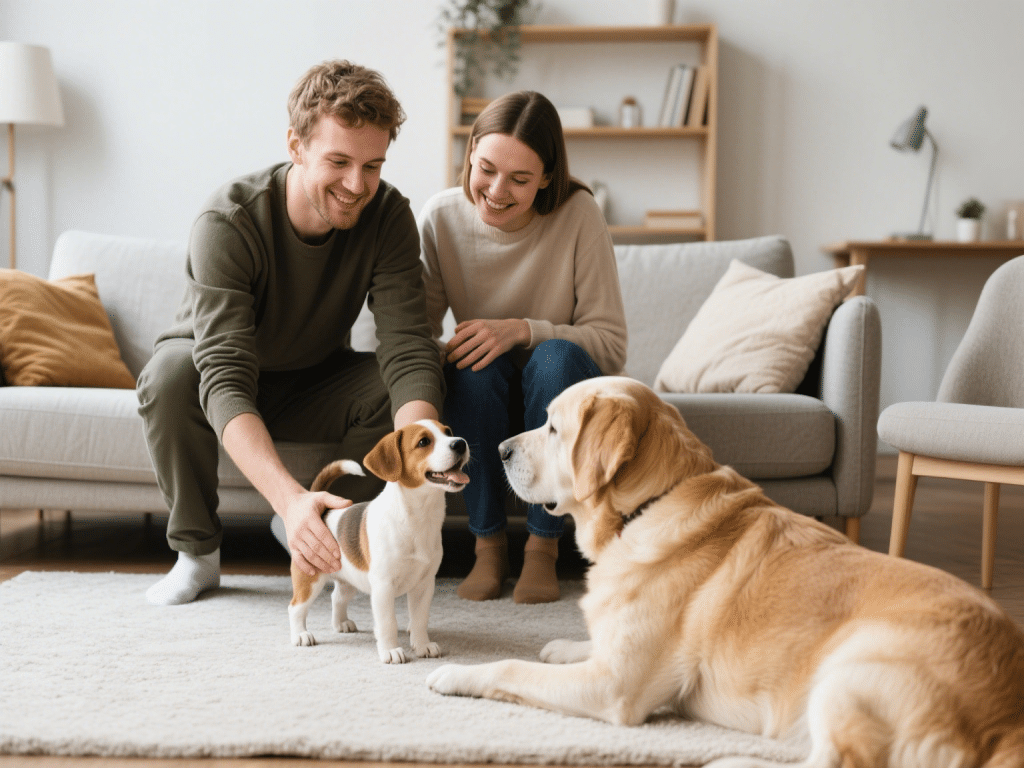
Introduction
Introducing a new puppy to a senior dog requires careful planning. Senior dogs may have reduced patience and mobility, while puppies bring high energy. A gradual, respectful introduction builds positive associations and reduces stress for both dogs.
1. Preparation: Create a Neutral Environment
Neutral Territory: Arrange the first meeting outdoors in a fenced yard to prevent territorial behaviors.
Separate Zones: In your home, establish distinct areas with individual beds, feeding stations, and toys so each dog has personal space.
Scent Familiarization: Before meeting, swap bedding or toys between the dogs so they acclimate to each other’s scent.
2. First Meeting: Leashed and Controlled
Loose Leashes: Keep both dogs on loose leashes to maintain control but allow freedom to approach and sniff.
Calm Introduction: Allow them to observe from a distance; if either shows stress (growling, stiff posture), increase distance.
Positive Reinforcement: When they approach calmly, reward both with treats and gentle praise. Use a calm voice to encourage relaxed behavior.
3. Gradual At-Home Integration
Split Feeding: Feed dogs in separate rooms to prevent resource guarding. Gradually move feeding areas closer over time.
Supervised Interactions: During early days, supervise all interactions. Use baby gates or crates to separate dogs when unsupervised.
Short Play Sessions: Start with brief, supervised play sessions. Use toys and parallel walks to build positive associations without forcing direct interaction.
4. Positive Association Techniques
Parallel Walks: Walk both dogs simultaneously at a comfortable distance, gradually decreasing the space between them as they remain calm.
Shared Activities: Engage dogs in joint activities like obedience training or gentle fetch sessions, rewarding calm cooperation.
Individual Attention: Continue one-on-one time with your senior dog to reassure them of their importance and reduce jealousy.
5. Monitoring & Adjusting
Observe Body Language: Watch for stress signals—lip licking, yawning, or avoidance. If observed, separate dogs and reintroduce later at a reduced intensity.
Respect Senior Dog’s Limitations: Provide elevated beds, soft blankets, and avoid strenuous play that could strain old joints.
Control Puppy Energy: Teach the puppy “leave it” or “settle” commands to manage exuberant behavior around the senior dog.
6. Patience & Consistency
Short Sessions: Keep initial interactions brief (5–10 minutes), increasing duration gradually over 1–2 weeks.
Consistent Routine: Maintain regular feeding, exercise, and rest schedules for both dogs. Predictability reduces anxiety.
Professional Help: If tensions persist, consult a certified dog trainer or behaviorist for tailored guidance.
Conclusion
Introducing a new puppy to a senior dog can be harmonious with patience and careful planning. By creating a neutral meetup space, gradually integrating them at home, and reinforcing positive behaviors, you foster a peaceful coexistence. Respect each dog’s needs and energy levels, ensuring both feel safe, loved, and secure in their shared home.

Cats may lounge for hours, but beneath that serene exterior lies a fierce predator honed b...
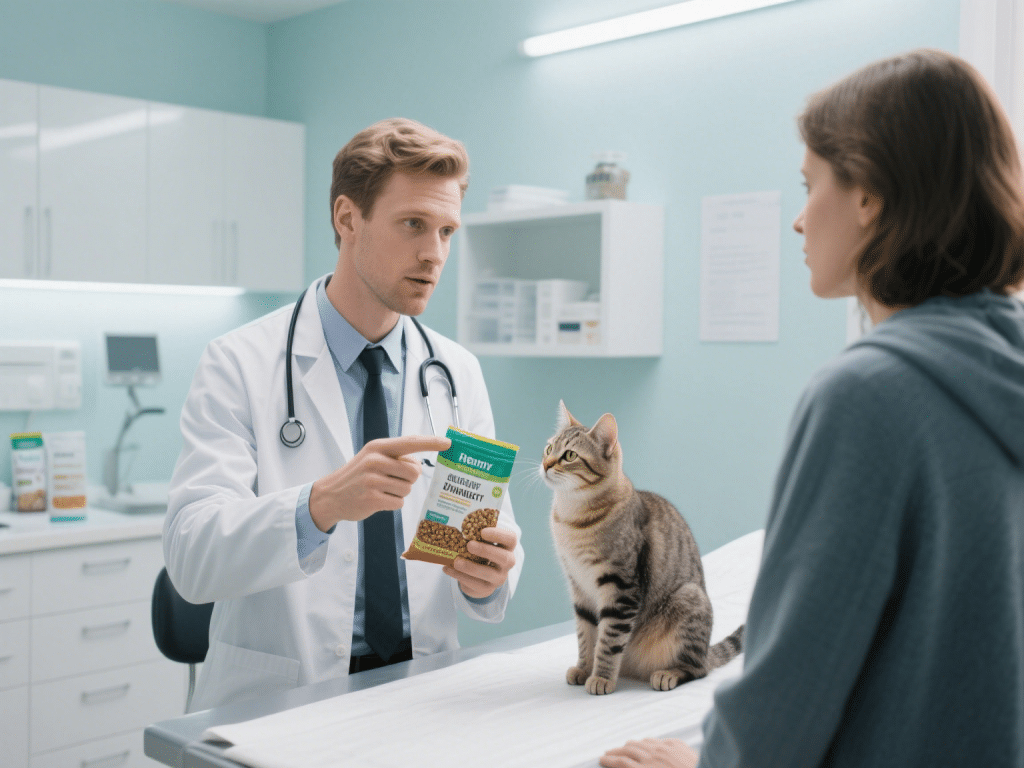
The pet food industry has seen a surge in grain-free cat diets over the last decade, often...
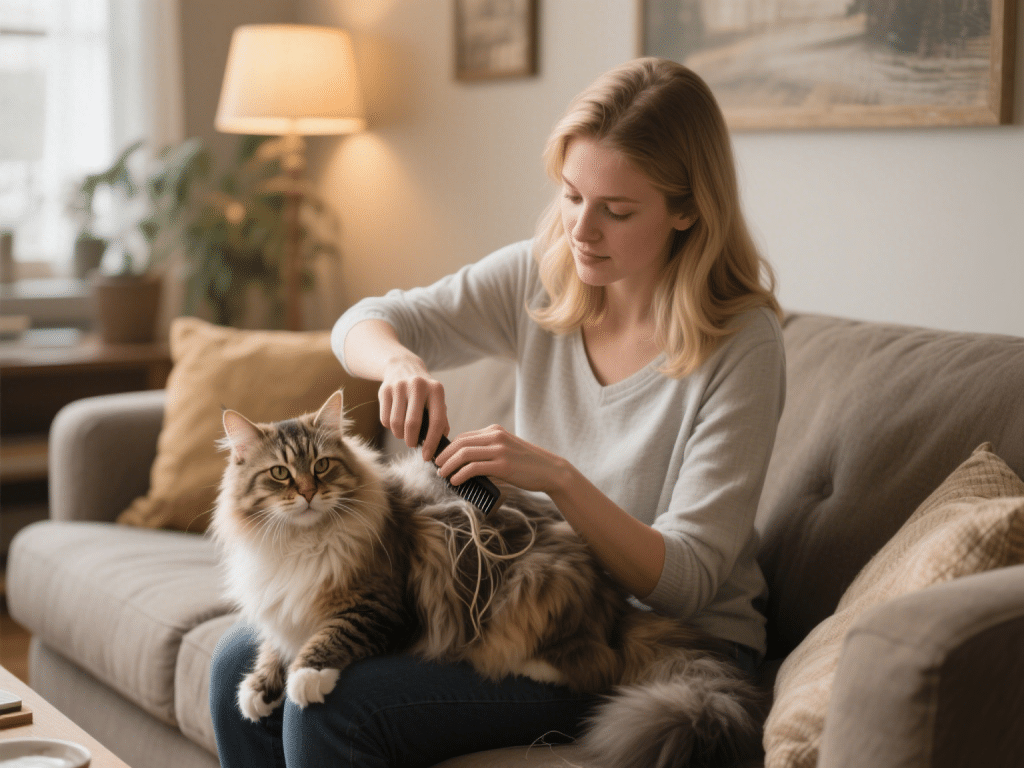
Long-haired and semi-long-haired cats enchant us with flowing coats—but mats and tangles...

Parasites pose a hidden threat to our tiniest canine companions. Drawing on my background ...
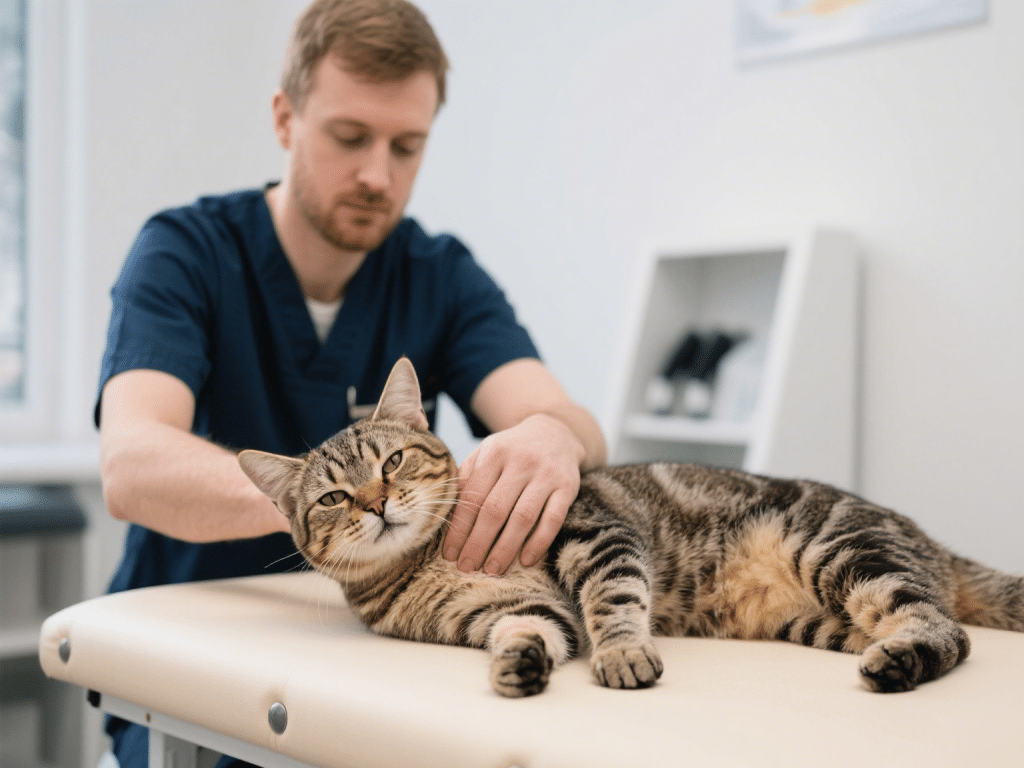
Arthritis affects up to 90% of cats over 10 years old, silently eroding mobility and comfo...
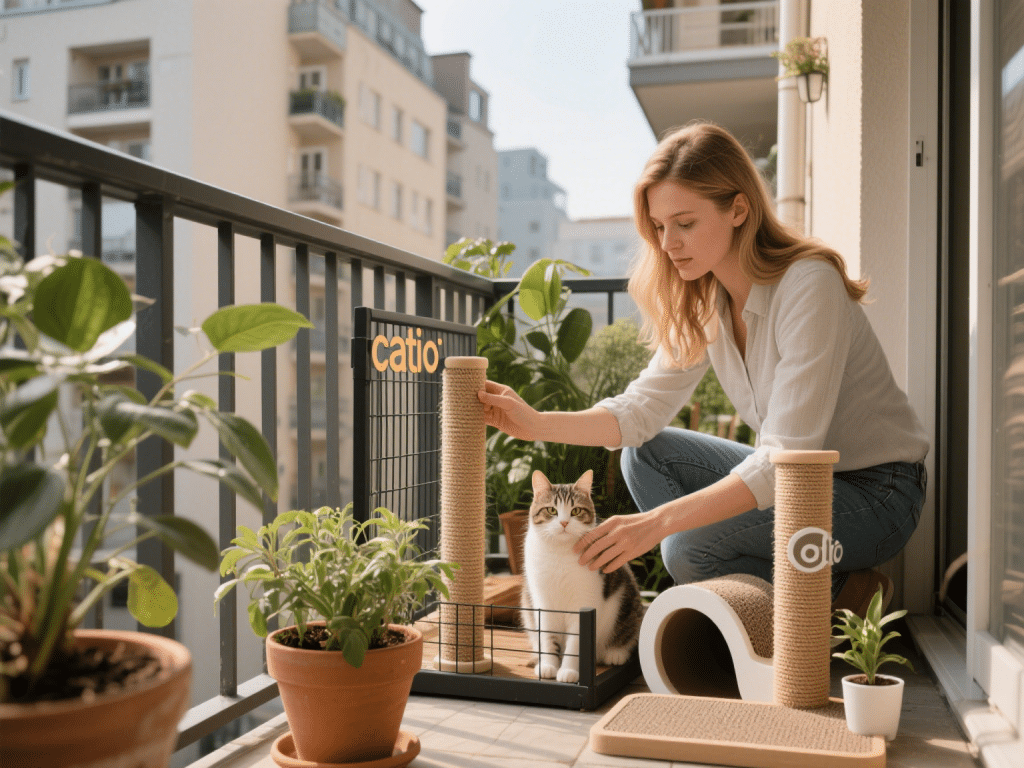
IntroductionBalconies offer fresh air and stimulation for indoor cats but also pose safety...
Comments on "How to Introduce a New Puppy to a Senior Dog Without Stress" :